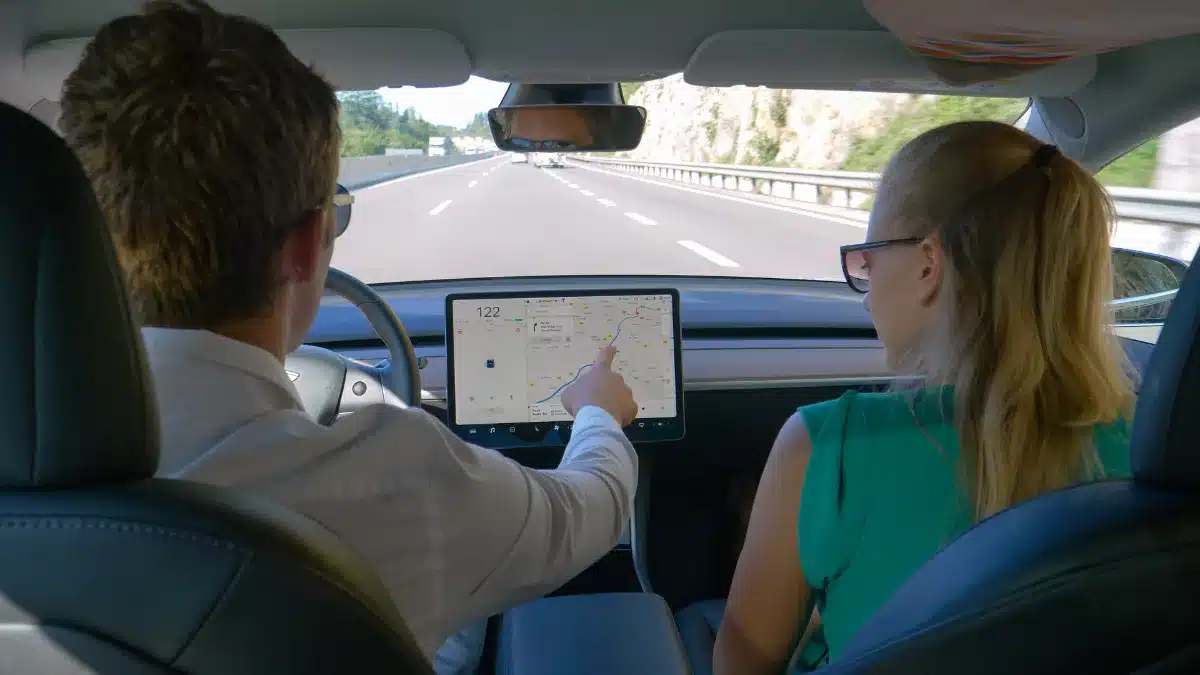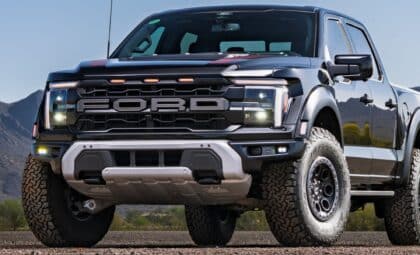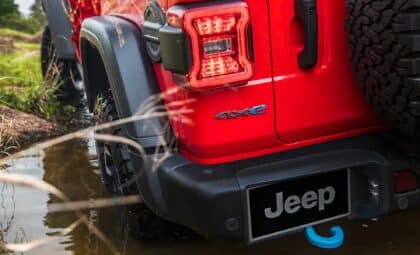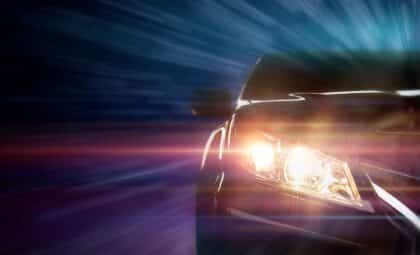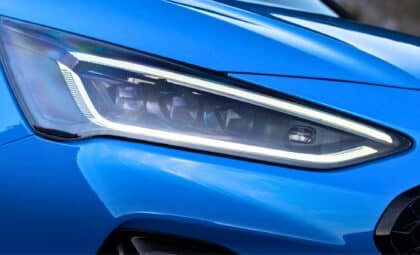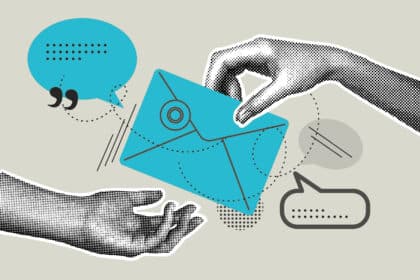The dream of fully self-driving cars has grabbed everyone’s attention for years, with Tesla leading the charge. Since 2016, the company has told folks that its cars are on the verge of true autonomy. But even eight years on, that promise still hasn’t panned out. This has left many customers—like Marc Dobin—feeling let down and disillusioned. (This whole episode also raises questions about what buyers are really getting when they invest in what was sold as a game-changing technology.)
The hard-to-reach goal of complete self-driving
Back in 2016, Tesla boldly claimed that its vehicles were “ready” for full autonomous driving. This was part of a broader effort to be seen as a pioneer in advanced automotive tech. However, reality has painted a very different picture. The Full Self-Driving (FSD) package, originally priced at $10,000, was sold as the ticket to this futuristic capability. Instead, it has repeatedly failed to deliver genuine self-driving.
People who bought the FSD package expected their cars to handle all the driving on their own. Instead, they found that even when activated, the system needed constant human oversight and attention. (In other words, what was promised and what was delivered didn’t match up, leaving many feeling misled by Tesla’s high-flying promises.)
Marc Dobin’s story: a peek into customer discontent
Marc Dobin—a U.S. arbitration lawyer and devoted Tesla owner—illustrates the frustration many have felt with Tesla’s promises. Over the years, Dobin owned three Tesla models and stuck with the brand, even as doubts about its FSD features grew. In 2021, he bought a fully autonomous Model Y, drawn by its advertised autonomous capabilities.
Before long, Dobin ran into problems with his FSD package. Not only did it not work right out of the gate, but it also needed a “safety score” for activation—a requirement that wasn’t even mentioned when he made his purchase. Even after meeting this condition, the FSD system continued to demand constant human monitoring. Reflecting on his experience, Dobin said, “It wasn’t just marketing for us.” For him and his family, the promise of a car that could independently transport his wife meant more than convenience—it was seen as a lifeline as her mobility declined. (This personal angle really underscores how big the gap between promise and reality can be.)
The arbitration showdown and its result
With no satisfactory fix from Tesla, Dobin turned to private arbitration—a route outlined in Tesla’s sales contract. The online hearing via Zoom exposed even more shortcomings when a Tesla technician couldn’t answer key questions about how the FSD actually worked.
In the end, the arbitrator sided against Tesla, ruling that the feature was “neither available nor operational.” As a result, Tesla was ordered to refund Dobin $10,000 for the FSD package, plus an additional $8,000 to cover arbitration fees. (This outcome clearly illustrates the disconnect between what was sold and what was delivered.)
What this means for Tesla and its buyers
Dobin’s case isn’t an isolated incident. Thousands have spent up to $15,000 in hopes of real full self-driving functionality promised by Tesla. In a candid admission in January 2025, Elon Musk himself acknowledged that even with hardware improvements like HW3, truly unsupervised autonomous driving remains out of reach. (This confession is telling, as it highlights the persistent gap between high expectations and current capabilities.)
This situation lays bare the challenges facing both Tesla and its customers, highlighting ongoing market challenges. Even as tech evolves rapidly (offering new sparks of hope), the divide between flashy marketing promises and what’s actually delivered continues to be a sore point for many auto buyers.
As people await real progress toward full self-driving across the board—not just in Teslas—it’s clear they need to keep asking exactly what they’re getting today versus what might eventually roll out via software updates or future models. (Cases like Marc Dobin’s remind us that clear communication about current limitations and realistic timelines is key if trust is ever to be rebuilt among those betting on a self-driving future.)

